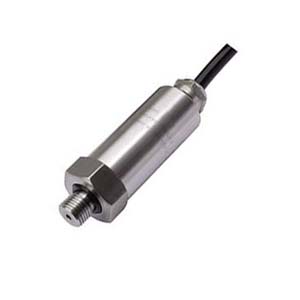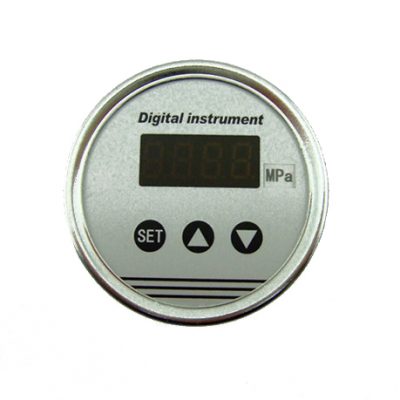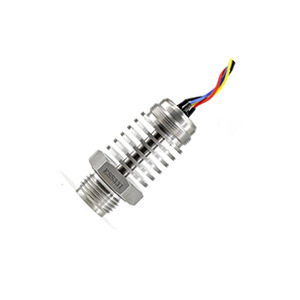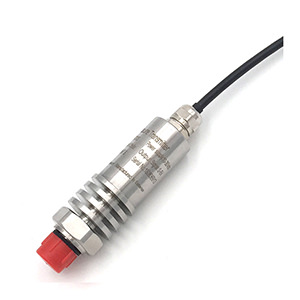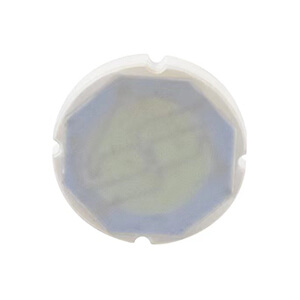Pressure sensors are crucial to many applications in the mechanical and electrical engineering fields, where they are used to detect and measure the pressure of gases or liquids. Sensor stability directly influences the accuracy of these measurements. Here, I’ll break down how the stability of a pressure sensor contributes to accurate measurements.
Introduction
Understanding pressure sensor stability
Pressure sensor stability refers to the sensor’s ability to maintain a consistent output when a constant pressure is applied over a specific period. It’s usually defined in terms of a maximum allowable change in output over a year.
It’s measured in units of pressure per year, such as Pascal/year (Pa/yr), or often as a percentage of the full-scale output per year.
What does long-term stability mean?
Long-term stability, in the context of sensors like pressure sensors, refers to the sensor’s ability to maintain a consistent output when a constant input (such as pressure) is applied over an extended period of time.
It is often defined as the maximum allowable change in output over a specific time period under constant conditions.
For example, a pressure sensor might be specified to have a long-term stability of 0.1% of full scale per year. This means that if the sensor’s pressure range is 0 to 1000 Pascal (Pa), its output can drift by up to 1 Pa per year due to factors inherent to the sensor itself, this means that even without any change and the actual pressure it is measuring remains constant.
Long-term stability is a key characteristic of a sensor because it directly impacts the accuracy and reliability of the sensor’s measurements.
A sensor with high long-term stability will provide more accurate and consistent readings over time, which is particularly important in applications where the sensor must function accurately for many years, such as in aerospace, industrial process control, or medical devices.
It’s worth noting that long-term stability is different from short-term stability (which refers to the sensor’s ability to maintain a consistent output over a short period) and from repeatability (which refers to the sensor’s ability to reproduce the same output when the same input is applied repeatedly).
Long term stability, Short-term stability, Repeatability
In the context of pressure sensors, long-term stability, short-term stability, and repeatability are all critical aspects of a sensor’s performance and reliability. Each term describes a different aspect of the sensor’s behavior and they are interrelated.
Long-Term Stability
Long-term stability refers to a sensor’s ability to maintain a consistent output when a constant pressure is applied over a long period, typically a year. It reflects the sensor’s ability to provide reliable and accurate readings over its lifetime, which is particularly important in applications where the sensor must function accurately for many years.
Short-Term Stability
Short-term stability, on the other hand, refers to the sensor’s ability to maintain a consistent output when a constant pressure is applied over a short period, typically over minutes to hours. It’s often of concern in applications where rapid changes in conditions could occur, such as in dynamic process control systems.
Repeatability
Repeatability refers to the sensor’s ability to reproduce the same output when the same pressure is applied repeatedly under the same conditions. It’s a measure of the sensor’s precision and is crucial in all applications for maintaining consistency in measurements.
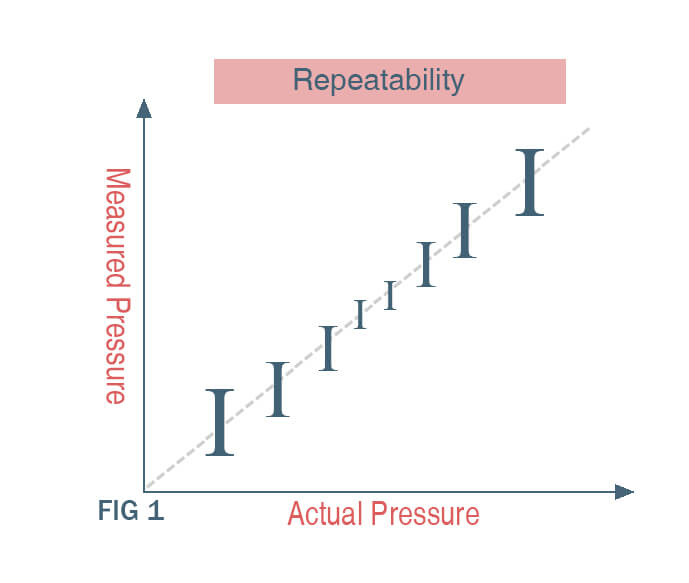
Interrelationships
While each of these terms describes a distinct aspect of sensor behavior, they are interrelated. For instance, a sensor with good repeatability might be expected to also exhibit good short-term stability, since both involve providing consistent output under constant conditions. However, it’s possible for a sensor to exhibit good repeatability and short-term stability but poor long-term stability if, for example, the sensor’s output drifts slowly over time.
Similarly, a sensor with good long-term stability might be expected to also exhibit good short-term stability, but this isn’t always the case.
For example, a sensor might have good long-term stability because it’s resistant to slow changes in environmental conditions (such as gradual changes in ambient temperature), but it might exhibit poor short-term stability if it’s sensitive to rapid changes in those conditions.
Sources of Instability
The poor pressure sensor stability can have significant consequences, leading to inaccurate measurements, reduced performance, calibration issues, safety risks, and costly replacements.
Instability in pressure sensors can arise due to several factors:
| Factor | Example | Potential Impact |
|---|---|---|
| Temperature Variations | Temperature coefficient of zero: ±0.02% per °C | Up to ±0.2% change in output for a 10°C change |
| Vibrations and Mechanical Stresses | Natural frequency: 1000 Hz | Up to 1% output error due to resonance |
| Chemical Exposure | Exposure to hydrochloric acid | Up to 1% change in output over a month |
| Electrical Instability | Supply voltage coefficient: 0.1% per V | Up to 0.5% change in output for a 0.5 V change in supply voltage |
Impact of Temperature Variations
Thermal effects can result in two types of errors: zero shifts and span shifts. Zero shifts are changes in output that occur when no pressure is applied, while span shifts are changes in output that occur over the entire pressure range.
For instance,
A sensor might have a temperature coefficient of zero of ±0.02% per degree Celsius (°C). This means that if the temperature changes by 10°C, the output at zero pressure could change by as much as ±0.2%. Similarly,
A sensor might have a temperature coefficient of span of ±0.02% per °C. For a sensor with a range of 0 to 1000 Pascal (Pa), a 10°C temperature change could cause a span shift of as much as ±2 Pa.
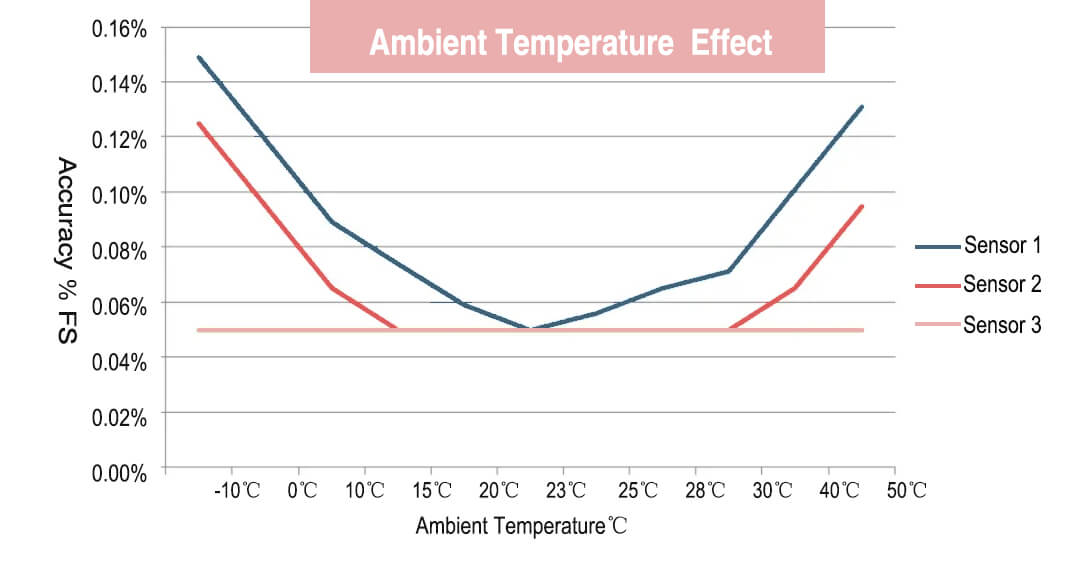
Impact of Vibrations and Mechanical Stresses
The natural frequency of a pressure sensor, which is the frequency at which it naturally vibrates, can be excited by external mechanical vibrations. This can cause resonance, leading to significant output errors.
For example,
A sensor with a natural frequency of 1000 Hertz (Hz) might experience a 1% output error if subjected to external vibrations of the same frequency.
Furthermore, mechanical stresses such as torsion and bending can deform the sensor diaphragm, leading to output changes.
A pressure sensor subjected to a torsional stress of 10 Newton-meters (Nm) might experience a change in output of up to 0.1%.
Impact of Chemical Exposure
Suppose a sensor’s diaphragm is made of stainless steel, which can resist most mild acids. However, if the sensor is exposed to a strong acid like hydrochloric acid, it could suffer corrosion that leads to a significant change in output.
For instance, exposure to hydrochloric acid might result in a 1% change in output over a period of one month, depending on the concentration and duration of exposure.
Impact of Electrical Instability
For instance, a change in the supply voltage from 5 Volts (V) to 4.5 V might cause a change in output of 0.5% for a sensor with a supply voltage coefficient of 0.1% per V.
Furthermore, electrical noise can introduce errors into the sensor output. A sensor in an environment with high electrical noise might experience an additional random error of up to 0.1%.
How Stability Ensures Accuracy
Stability, in the context of pressure sensors, refers to the ability of the sensor to maintain a consistent output when a constant pressure is applied over a specific period of time. It is often defined as the maximum allowable change in output over a certain period, and it directly impacts the sensor’s accuracy.
Let’s delve into the details of how stability ensures accuracy.
Consistent Readings
A pressure sensor with high stability provides consistent readings over time. This is crucial because the accuracy of any measurement system is determined by its ability to reproduce the same result under the same conditions.

For instance,
If a pressure sensor with a range of 0 to 1000 Pascal (Pa) has a stability of 0.1% full scale per year, this implies that its output could vary by up to 1 Pa per year without any change in the measured pressure.
If such a sensor is used to control a process where precision is required to the tenth of a Pascal, such as in certain pharmaceutical manufacturing processes, this level of instability could lead to significant inaccuracies and inconsistencies in the final product.
Long-Term Reliability
Stability is also directly related to the long-term reliability of a pressure sensor. A sensor that maintains its stability over its specified lifetime is more likely to provide accurate readings throughout that period.
Consider a pressure sensor used in an aerospace application, where it may need to function accurately for 15 years or more. If the sensor’s stability is not adequate, the sensor’s readings may drift significantly over time, leading to potential safety risks.
For example,
A sensor with a stability of 0.01% full scale per year would drift by only 1.5 Pa over 15 years, while a sensor with a stability of 0.1% full scale per year could drift by as much as 15 Pa over the same period.
Reduced Errors
Stability also helps to reduce errors in pressure measurements. These errors could be caused by factors such as temperature changes, vibrations, and mechanical stresses, chemical exposure, and electrical instability.
For example,
Suppose a pressure sensor is used in an industrial process control application where it is exposed to

If the sensor has been designed and constructed to maintain stability under these conditions, it will be less likely to produce erroneous readings. This could mean the difference between maintaining a controlled, efficient process and experiencing costly or even dangerous process upsets.
Check details about Pressure Sensor Errors
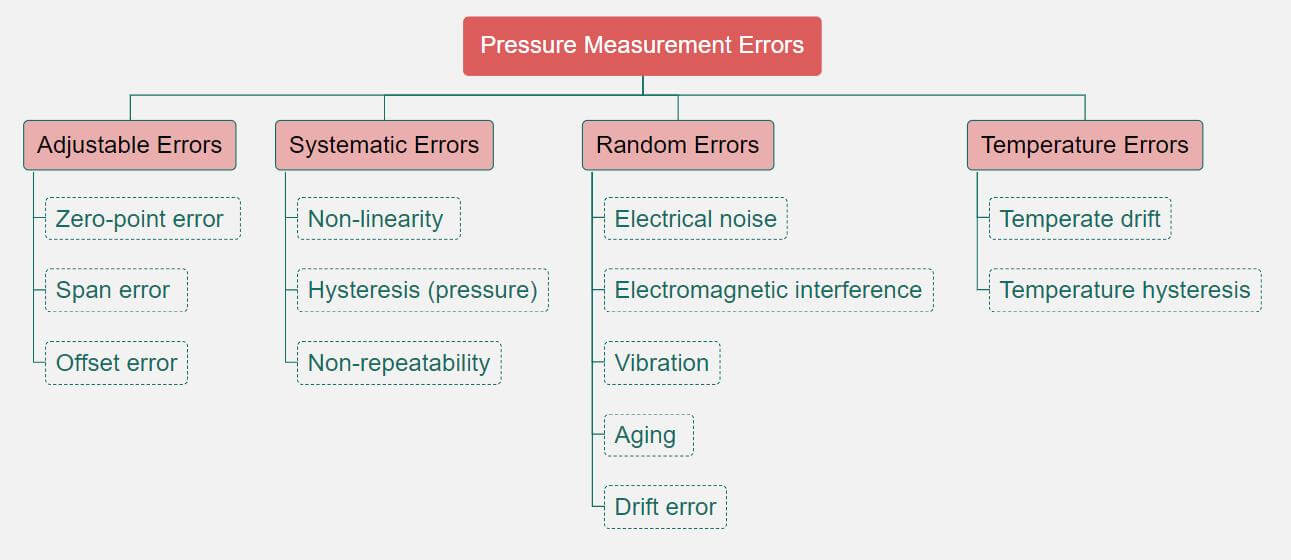
Trustworthy Decision Making
Finally, a stable pressure sensor ensures that the measurements can be trusted for decision-making purposes. In many applications, such as medical devices or safety systems, the decisions made based on sensor readings can have significant consequences.
For instance,
A pressure sensor in a ventilator machine in a medical setting must have excellent stability to ensure accurate readings. Even a small error could lead to incorrect ventilation settings, potentially jeopardizing a patient’s health.
A sensor with a stability of 0.01% full scale per year could ensure that the pressure readings remain accurate to within 0.1 Pa over a year, providing reliable data for critical medical decisions.
Improving Stability for Better Accuracy
Improving the stability of pressure sensors is crucial to maintaining their accuracy and reliability. Several techniques can be employed to enhance stability, including careful sensor selection, appropriate installation, regular calibration, and protective measures against environmental influences.
Let’s explore these techniques in more detail.
Specifying the Right Pressure Range
Select a sensor with an appropriate pressure range for your application. If the sensor’s range is too high, small changes in pressure can be hard to detect, leading to lower resolution and potential instability.
Conversely, if the range is too low, the sensor may be damaged or its readings become unreliable due to overpressure.
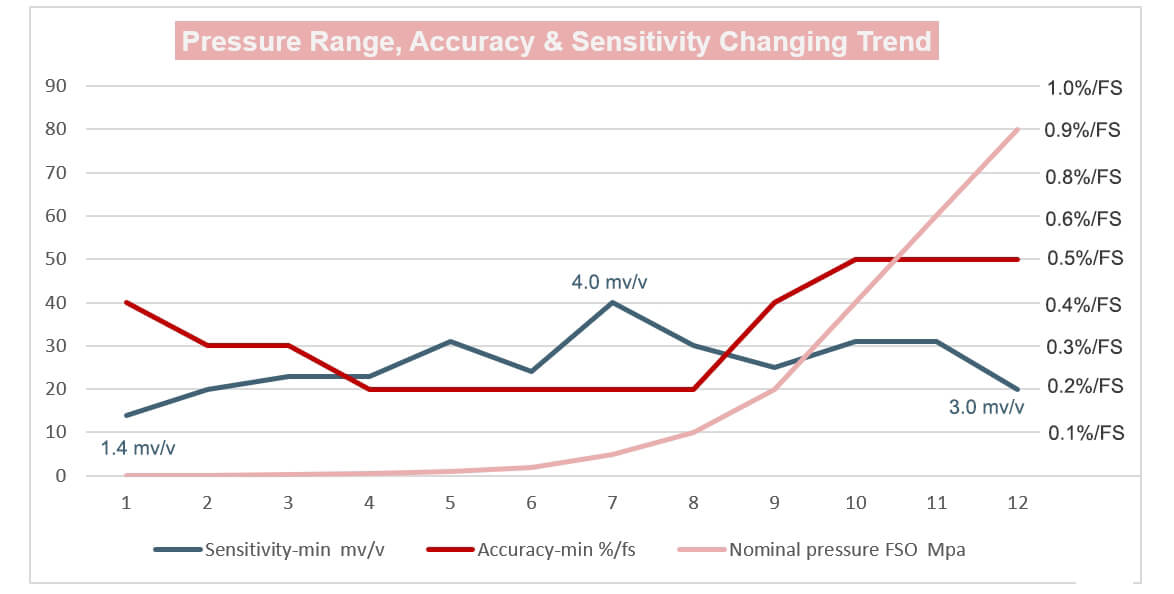
For instance,
If you’re measuring a pressure that typically varies between 500 and 600 Pascal (Pa), a sensor with a range of 0 to 1000 Pa would be appropriate.
A sensor with a range of 0 to 10000 Pa, however, would have a lower resolution and could be less stable for this application.
Selecting the Appropriate Sensor Type
Different sensor types have different levels of inherent stability.
For instance,
Piezo-resistive pressure sensors often provide excellent stability but may be more susceptible to temperature variations.
On the other hand, capacitive sensors may offer better resistance to temperature changes but could be more sensitive to vibrations.
Understanding the operating conditions and the specific stability requirements of your application can guide you in selecting the most suitable sensor type.
Click to check more: 5 Pressure Sensor Working Principles
Minimizing Mechanical Stress
Avoid introducing mechanical stress during installation. Excessive torque when fitting the sensor, or installing the sensor in a position where it could be subjected to vibration or shock, can lead to instability.
For instance,
Using a torque of 10 Newton-meters (Nm) to install a sensor that specifies a maximum installation torque of 5 Nm could deform the sensor diaphragm, leading to stability issues.
Eliminating Temperature Gradients
Avoid installing the sensor in an environment with significant temperature gradients. Temperature fluctuations can affect the sensor’s output, so consider providing thermal insulation or installing the sensor in a temperature-controlled environment if possible.
Regular Calibration
Routine calibration is another essential technique for maintaining sensor stability. Calibration ensures that the sensor’s output accurately corresponds to the pressure being measured.
A sensor might be calibrated to have an output of 4-20 milliamps (mA) for a pressure range of 0 to 1000 Pa. If the sensor’s output drifts, for example, giving an output of 4.5 mA at zero pressure, this could be corrected through recalibration.
Protect Against Chemical Exposure
If the sensor is to be used in a harsh environment where it could be exposed to corrosive substances, consider using a sensor with a diaphragm made of a material that is resistant to these substances, or provide a protective housing for the sensor.
Electrical Protection
Electrical instability can be mitigated by using a sensor with built-in electrical protection features, such as overvoltage and reverse polarity protection. Additionally, shielded cables and proper grounding practices can help reduce electrical noise.
Conclusion
Pressure sensor stability is the ability of a sensor to provide consistent and accurate readings over a specified time period. It’s a fundamental characteristic that directly influences the sensor’s accuracy and reliability in long-term applications.
Enhancing pressure sensor stability involves thoughtful sensor selection, correct installation, routine calibration, and protective measures against environmental influences.
A stable sensor provides long-term reliability, reduces the likelihood of errors, and provides trustworthy data. Despite challenges posed by temperature fluctuations, mechanical stresses, and electrical instability, with proper measures, the stability of a pressure sensor can be maintained.
As technology advances, the quest for higher sensor stability continues, driving developments in materials, sensor design, and signal processing techniques.
In summary, pressure sensor stability is a pivotal factor that determines the effectiveness and reliability of pressure measurement, playing a vital role in various critical applications.

